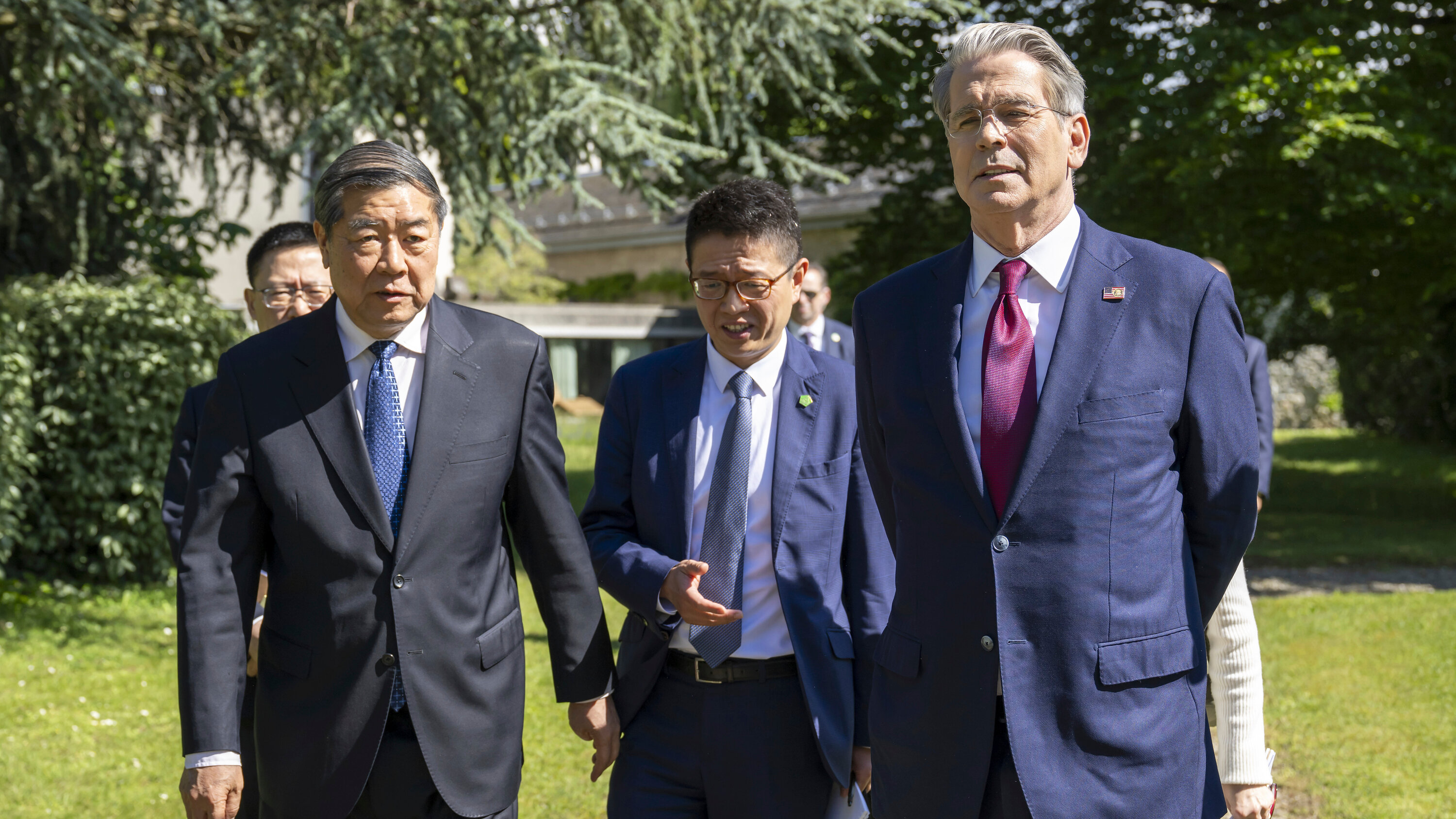US-China Trade War: Tensions Rise as Negotiations Resume
 United States
Business
United States
Business

The US and China face a critical juncture in their trade war as negotiations restart. Key issues include intellectual property, trade imbalance, and tariffs.
US-China Trade War: Tensions Rise as Negotiations Resume
The United States and China are navigating a tense phase in their ongoing trade war as discussions recommence. The current climate is fraught with challenges, potentially influencing the trajectory of future economic relations between the two nations. Observers are keenly watching for signs of progress or further escalation, given the significant implications for global markets.
Key Issues in US-China Trade Talks
Intellectual Property
Protection of intellectual property rights remains a critical sticking point. The US has long accused China of lax enforcement, leading to significant losses for American companies. Addressing these concerns is crucial for any lasting agreement.
Trade Imbalance
The persistent trade deficit between the two countries is another major issue. The US seeks greater access to Chinese markets and a reduction in the imbalance.
Tariffs and Retaliation
Existing tariffs imposed by both sides continue to disrupt trade flows. Finding a pathway to reduce or eliminate these tariffs is essential for de-escalating the conflict.
Potential Outcomes
The outcome of these negotiations is uncertain. A breakthrough could lead to increased trade and investment, while a failure could further strain relations and negatively impact the global economy.





